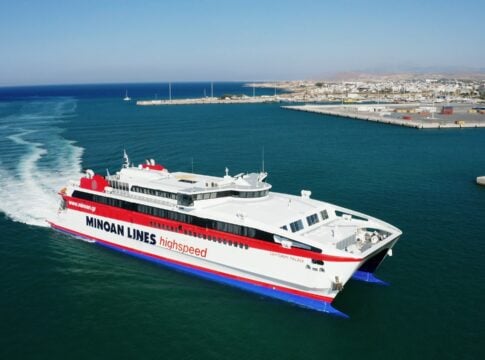By N. Malliara
[email protected]
Last week’s apparent compromise between the IMF and European Central Bank (ECB) over the scope and date for assessing Greek banks’ financial health is expected to accelerate developments in terms of tacking the increasingly urgent problem of non-performing loans held by domestic lenders.
A simmering disagreement between the Fund and Europeans, especially the ECB, over the need to conclude “stress tests” for Greek banks in the spring of 2018 – instead of October 2018, along with other Euro zone credit institutions – as well as its demand for a Asset Quality Review – tanked Greek banks’ shares on the Athens Stock Exchange (ASE) over the last two months.
Specifically, 4.7 billion euros in listed Greek banks’ capitalization evaporated over the last two months, of which four billion euros were lost in September 2017 alone.
Piraeus Bank, for instance, lost 57 percent of its ASE capitalization, or 1.3 billion euros in value; 34 percent for Eurobank; 31 percent for Alpha Bank and 29 percent for National Bank.
The compromise essentially inaugurates a period for a more aggressive management of the “Olympus-sized” mountain of bad debt held by Greek lenders.
Greece’s four systemic lenders are expected to sell-off portfolios of non-performing loans (NPLs) worth 5.5 to six billion euros by March 2018. In fact, Eurobank is expected to proceed with its first sale of a NPL portfolio within the month. The portfolio is valued at 2.8 billion euros when calculating accumulated interest, commissions etc, while the original capital value is 1.52 billion euros. This portfolio, according to reports, includes small sum consumer loans and outstanding credit card debts and bank card overdrafts.
The unsecured bad debts bundled in the specific Eurobank portfolio relate to demands dating back years, with provisions already covering 100 percent of their nominal value.
Eurobank’s NPLs portfolio will reportedly be divided into two categories, with the first including more than 59,000 non-serviced loans with a nominal value of 643 million euros (total demands reaching 1.1 billion euros), held by roughly 41,000 borrowers.
The average sum of a NPL in this category is 10,800 euros, and the average delay is seven to eight years, with 33 percent of the NPLs in this category extending beyond nine years. In fact, most NPLs in this category stopped being serviced by borrowers in the 2008-2011 period.
The second category of NPLs expected to comprise Eurobank’s first sale of such a portfolio to a distress fund includes more than 161,000 loans valued at 880 million euros (total value including interest and commissions 1.72 billion euros).
NPLs in this category correspond to some 73,000 borrowers, with the average NPL at 5,400 euros. Some 24 percent of the NPLs in this second category stopped being serviced before 2004; 47 percent between 2004 and 2006 and 29 percent after 2007.
Eurobank’s venture into this market will be followed by a similar program by Piraeus Bank.














